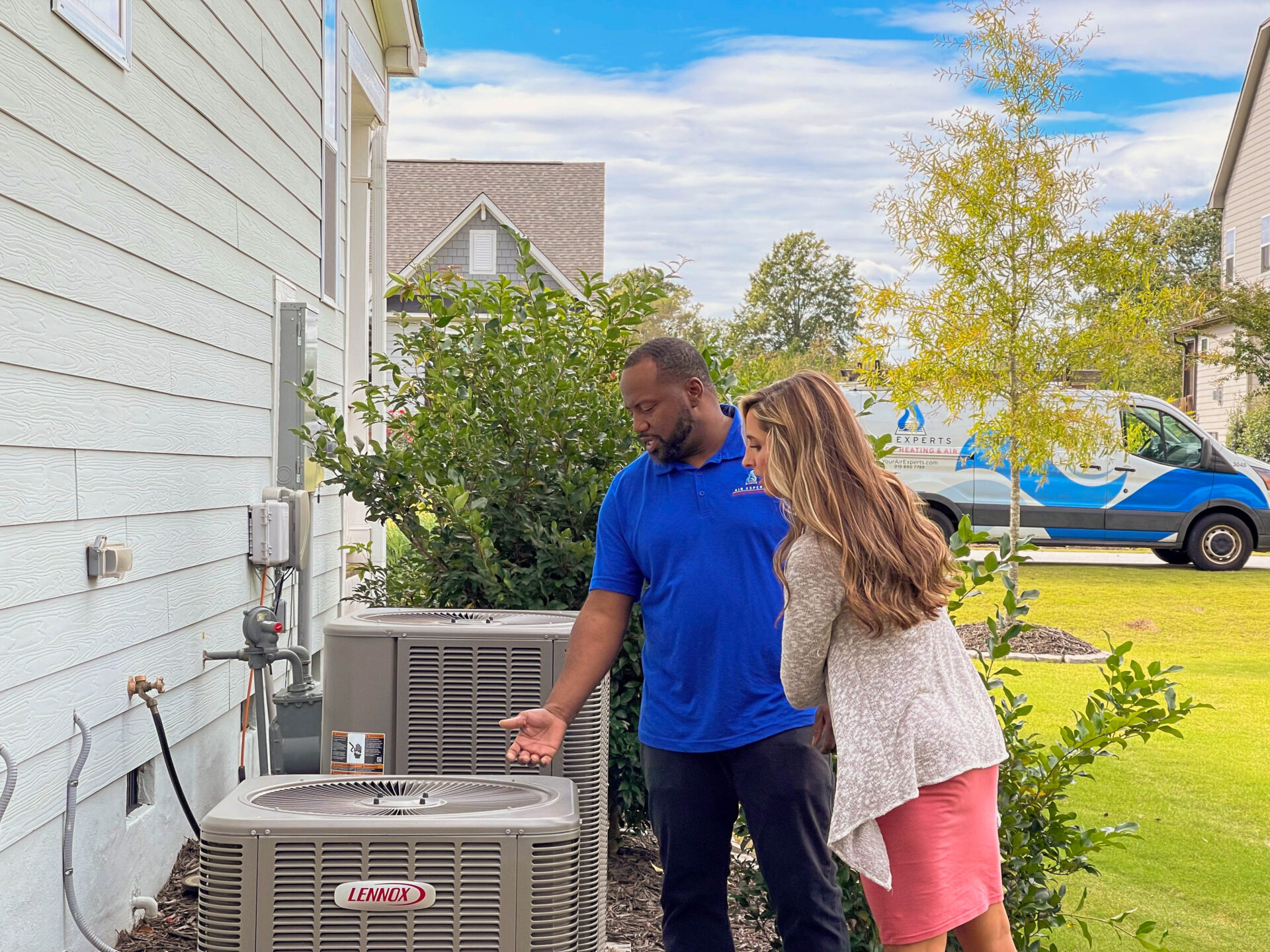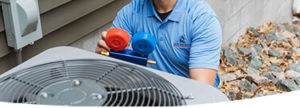How Refrigerants Work, Simplified

Refrigerants are blends of chemicals used in an air conditioner’s coils to cool air by changing their phase. Refrigerants absorb heat from the air surrounding the coils when compressed from a low-pressure gas to a high-pressure liquid, cooling the air. The high-pressure fluid subsequently transforms into a low-pressure gas, which causes the AC unit to discharge heat outdoors. The cycle repeats. Because of this closed-loop cycle, having a refrigerant leak can hurt the AC’s ability to cool.
The Evolution of Refrigerants
R-22 and R-410A are refrigerants that are currently in use. Because they are “nontoxic, nonflammable chemicals containing atoms of carbon, chlorine, and fluorine,” according to the Global Monitoring Laboratory, CFCs, also known as chlorofluorocarbons, were often used in air conditioners before R-22.
However, scientists began observing the depletion of the ozone layer and high levels of chlorine monoxide during the 1980s due to CFCs and ozone. While not a threat to humans and the local environment, when CFCs reach the stratosphere, they turn highly reactive and harmful to the layer’s ozone.
The Montreal Protocol was passed in 1987 to phase out chlorofluorocarbons and other synthetic gases that contain chlorine (and bromine) to prevent the ozone layer from being destroyed. According to Healthline, “Without this multilateral environmental agreement, people worldwide would have faced a higher risk of skin and other cancers, eye damage, and possible immune system problems due to excessive UV rays.”
Following the CFC ban, two substitutes—hydrochlorofluorocarbons (HCFCs) and hydrofluorocarbons (HFCs)—were used worldwide. An HCFC is R-22. While HCFCS still have chlorine, their shorter lifetime in the atmosphere prevented them from being banned alongside CFCs. However, in 2020, the world halted its production of HCFCs. Nowadays, the R-22 you buy originates from stockpiled or recovered sources. People who have HVAC systems older than 2010, which use R-22, are directly affected by this environmental legislation.
Modern Refrigerants
Modern HVAC systems use the HFC R-410A. It is more energy-efficient than R-22 and better for the environment. You’ll use less energy to achieve your desired temperature with R-410A than R-22 because it absorbs and releases heat more effectively.
R-410A is not without drawbacks. Experts are searching for substitutes for R-410A because it is still a potent greenhouse gas. As heat waves become more prevalent due to climate change, the need for reliable and green AC technology will advance.
If you found this post helpful, check out our other blog posts, subscribe to our YouTube channel, and follow us on social media for more HVAC and plumbing tips, information, and fun!




